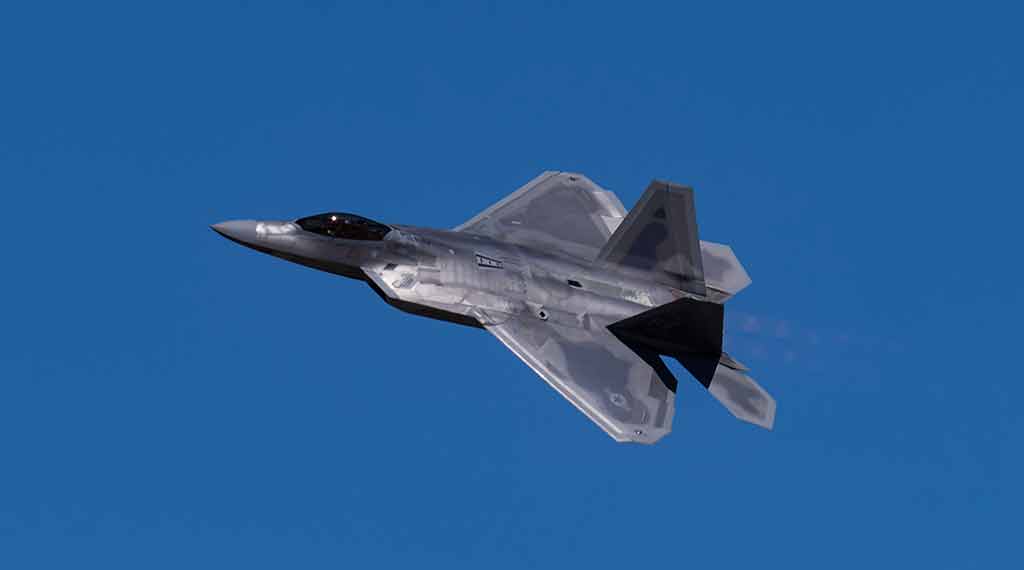F-22 Raptor vs. China’s J-20: Which stealth fighter is better?

As tensions rise between China and the West, particularly over Taiwan, the comparison between China’s J-20 and the U.S.’s F-22 becomes crucial. The J-20, with its greater range and slightly superior thrust and speed, presents a formidable challenge.
-However, the F-22 surpasses in missile payload capacity, carrying more air-to-air missiles and featuring a gun, which the J-20 lacks.
-While the J-20 edges out in some performance metrics, the F-22’s proven reliability and advanced capabilities, along with U.S. air superiority strategies, suggest that China’s fighter still falls short in dominating the skies.
J-20 vs. F-22: How China’s Fighter Measures Up Against America’s Best
As tensions ratchet up between China and the West over flashpoints in the region, most notably Taiwan, planners and analysts routinely size up the force comparison between the People’s Liberation Army and the U.S. Department of Defense.
While both countries’ navies are undoubtedly essential to any conflict that might arise, air assets will play a role that is just as large, if not larger. Given the vast reaches of the Pacific Ocean and the relatively slow transit times of ships, modern fighters and bombers are a primary means of projecting power in a region. Missile developments, which allow China to base large stores of “ship-killer” missiles well inland thus denying the U.S. Navy passage in the South China Sea, further emphasize the necessity of air superiority.
- US Stands Up New Drone Strike Force in the Middle East - December 9, 2025
- Has Russia Finally Sold its Su-35s to Iran? - December 2, 2025
- Iran’s Growing Missile Arsenal Is a Challenge for Israel - November 18, 2025
